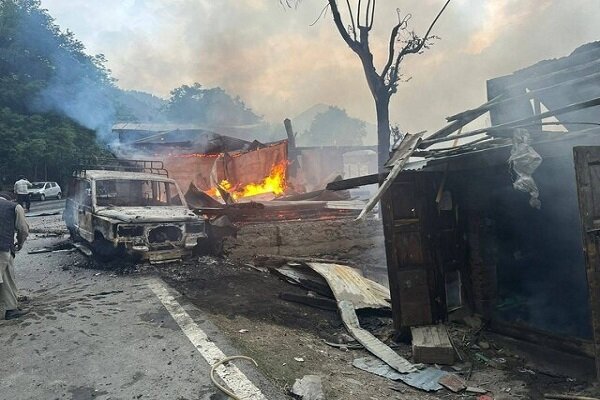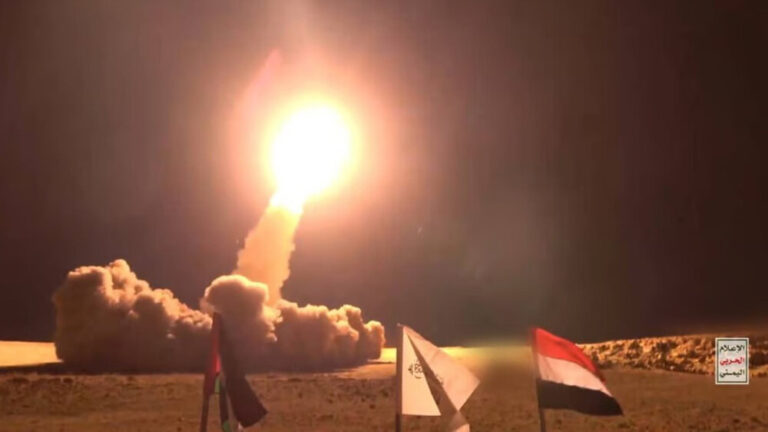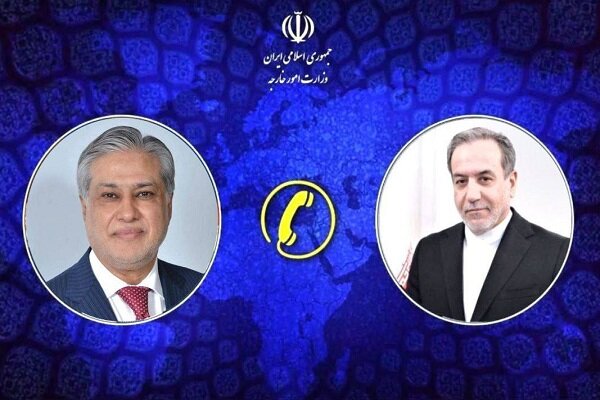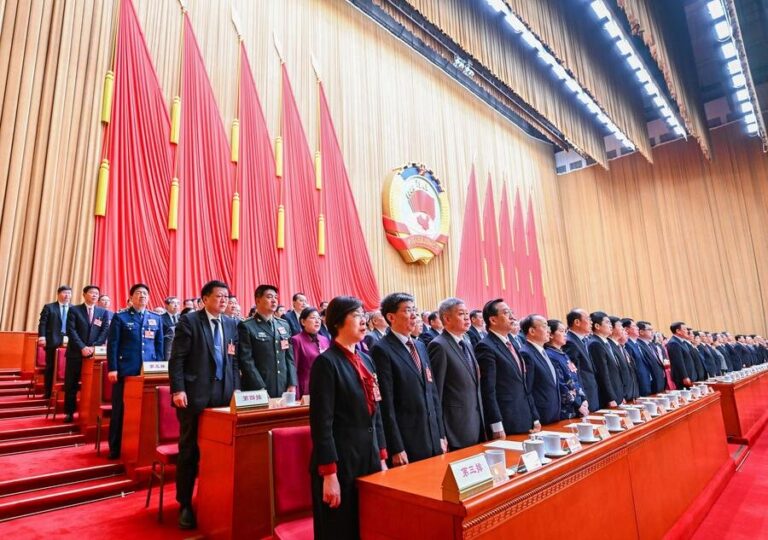India and Pakistan Forge Historic Ceasefire Agreement: A Step Towards Lasting Peace
In a significant turn of events, India and Pakistan have reached a ceasefire agreement after intense U.S.-led negotiations aimed at resolving the most serious military confrontation between these two nuclear-armed nations in decades. This ceasefire comes after weeks of escalating clashes, missile strikes, and drone attacks along their borders, triggered by a tragic incident involving the massacre of tourists in India, which India attributes to Pakistan’s involvement. Despite Pakistan’s denial of these allegations, the conflict has resulted in numerous civilian casualties on both sides.
The announcement of the ceasefire was made by U.S. President Donald Trump through his Truth Social platform, where he expressed his satisfaction regarding the decision. He congratulated both countries for their willingness to use common sense and intelligence in resolving the conflict. “Congratulations to both Countries on using Common Sense and Great Intelligence. Thank you for your attention to this matter!” Trump stated.
Following this announcement, Pakistan’s Foreign Minister Ishaq Dar confirmed the ceasefire on Geo News, emphasizing that both Saudi Arabia and Turkey played crucial roles in facilitating the agreement. Indian Foreign Secretary Vikram Misri also shared that military officials from both nations communicated on Saturday afternoon to solidify the terms of the ceasefire.
Misri reported, “It was agreed between them that both sides would stop all firing and military action on land, in the air, and at sea. Instructions have been given on both sides to give effect to this understanding.” He also noted that top military officials would reconvene for discussions on May 12.
This ceasefire deal has effectively brought a swift end to the recent military escalation. The tensions had heightened earlier on Saturday when India targeted Pakistani air bases following Islamabad’s launch of several high-speed missiles aimed at military and civilian infrastructure in Punjab state, India. In response, Pakistan reported that it intercepted most missiles while launching retaliatory strikes against India.
During a press briefing held in New Delhi, Indian military officials highlighted that Pakistan had targeted health facilities and schools at its air bases located in Indian-controlled Kashmir. Colonel Sofiya Qureshi commented, “A befitting reply has been given to Pakistani actions.”
Adding to the dialogue, Wing Commander Vyomika Singh reiterated India’s commitment to non-escalation, contingent upon Pakistan’s reciprocation. However, she raised concerns regarding observations of Pakistani ground forces mobilizing towards forward areas, indicating a possible intent to escalate tensions further. “Indian armed forces remain in a high state of operational readiness,” she added, highlighting the precarious nature of the situation.
In response to the Indian actions, Pakistan’s military stated that it utilized medium-range Fateh missiles to strike Indian missile storage facilities and air bases located in the cities of Pathankot and Udhampur. It is important to note that the Associated Press has not been able to independently verify all the claims made by both Pakistan and India during this turbulent period.
- Ceasefire Announcement: U.S. President Trump confirms the ceasefire on his social media platform.
- Pakistan’s Role: Foreign Minister Ishaq Dar acknowledges the assistance of Saudi Arabia and Turkey in brokering the deal.
- Military Operations: Both countries’ military heads agree to halt all offensive actions on land, air, and sea.
- Escalation of Conflict: Prior to the ceasefire, India and Pakistan exchanged missile strikes, resulting in civilian casualties.
- Operational Readiness: Indian armed forces maintain a state of high operational readiness amidst ongoing tensions.
This ceasefire represents a crucial step towards de-escalation and a potential path for dialogue between India and Pakistan. As tensions persist, the international community will be closely monitoring the developments in this fragile peace agreement.






